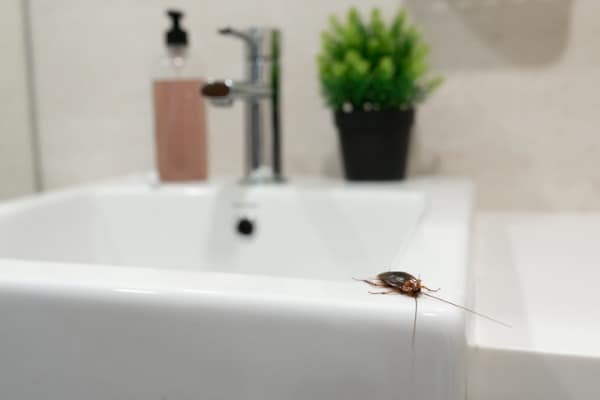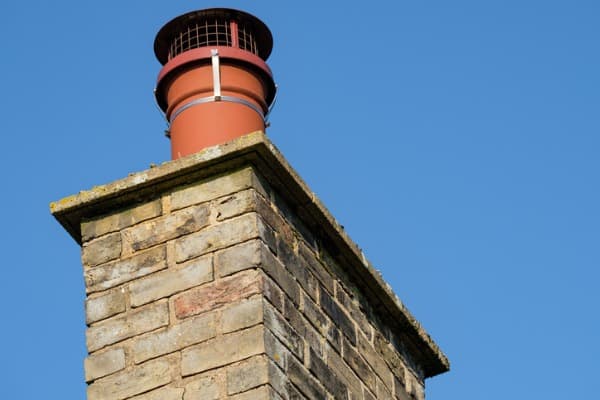
Having pests around your house can be very frustrating, not to mention that it can be dangerous to your home’s foundation as well as to your health.
Fortunately, there are different steps that you can take to ensure that your home is well-protected against all kinds of pests, including insects, squirrels, and mice.
While these additions and home improvement projects may seem very simple, their impact is quite noticeable.
Quick Navigation
Traps
If you already have pests in your home, you need to install traps so that it gets caught before you even begin to think about prevention methods.
After you get rid of the pests, you can start considering what kind of additions you might need to avoid this happening again. Traps do not necessarily kill the rodent or bug. It just traps it until you can take it outside again.
They are quite helpful if you have mice, bunnies, or squirrels that have entered your home and do not plan on leaving anytime soon. Other traps use a very strong adhesive and bait.
If you have an insect problem such as a cockroach infestation, different traps use bait to attract the insect inside and then kill it.
Fly Screens
Fly screens can be quite helpful in preventing bugs from even entering your home. Airing out your house and having windows or balcony doors open can bring in an ungodly amount of flying and crawling insects if you do not have screens installed.
Fly screens for windows are mainly going to keep away bugs and flying insects such as mosquitos, flies, and bees.
On the other hand, installing fly screens for doors will also give you the added benefit of preventing bigger rodents from entering your home.
Experts at https://www.premier-env.co.uk/ state that installing a fly screen for your windows and doors will allow you to have air coursing through your house without having to worry about any unwanted guests of the winged variety.
The most important thing is to ensure that the screen actually fits your window or door because the smaller creepy crawlies will be able to get in.
Caulking Gaps
While your roof could be very sound, you will find that installing wiring and pipes leading to and from your home can create gaps that different pests can use to come into your home.
You can easily get rid of this problem by adding expanding insulation form or caulk to your home supplies. This way, if you find any holes leading into any of the rooms or gaps in the roof, you can block them up right away.
Pests can fit into very small openings, so even if to you, a hole is not significant in size, it is better to be safe than sorry.
Firewood Storage Area
During the winter months, you’ll probably need a place to store your firewood. Usually, people store their wood against the side of their home, but as it turns out, this is a mistake that you should immediately remedy.
Wood can attract many pests, especially if it is lying around outside. Having it against the side of your home is going to encourage bugs and critters to venture into a warmer space. You should set up an area to store your firewood safely.
You can simply add a shed to your garden to store your wood and tools that you might need for the yard.
Mixing Ant Deterrent
A natural ingredient that can be used to keep ants away is vinegar. This is easy to find a solution in your pantry, but it makes a lot of difference.
Mopping your floors with a mixture of vinegar and water is going to keep ants away effectively for a considerable amount of time.
Usually, to avoid having the smell of vinegar linger, it is advised to add two parts of water to 1 part of vinegar when mopping the floor. This mixture can also be used on all kinds of surfaces.
Using a Dehumidifier
One of the reasons why rodents and insects are usually found in basements and attics is because of the temperature and level of humidity found in these rooms, which make them the perfect nesting areas.
Suppose you want to limit their numbers or get rid of them entirely. In that case, you might want to consider getting a dehumidifier to decrease the level of humidity and adjust the temperature in the rooms so that unwanted guests are not tempted to nest there.
Proper Pet Food Storage
If you have pets, you need to get a metal container to store the food so that rodents and insects are unable to reach it and ransack the food.
A metal trash can is the perfect pet food storage container, especially if you buy food in bulk and do not want anything to have access to it.
The metal of the container will allow no grip for critters and creeping crawlers trying to climb into the container, and the lid will make it difficult for them to jump from a higher place to eat the food.
Installing a Chimney Cap

Your chimney is an unprotected access point that different rodents, as well as bugs, can use to get into your home. Having a chimney cap installed is going to ensure that they are unable to slide down the chimney when it is not in use.
Basically, a chimney cap is made from crossed, sturdy wires that allow the smoke to go through but is not big enough for anything else to squeeze through.
Plastic vs. Cardboard Storage Containers
Speaking of attics and basements, since these rooms are mainly used for storage purposes, pests can easily set up their nest in one of the boxes and use the contents of the boxes as their food source.
This is especially common when you store your items in cardboard boxes because they can easily bite through the material. Having plastic storage containers will not only ensure that they do not set up their nesting areas out of your attic, but it will also make it easier if you plan on moving in the future or if for any reason, water leaks into the room.
Cardboard boxes, on the other hand, will get soggy, which may invite even more critters. Implementing these nine different additions can make a lot of difference when it comes to controlling or preventing an infestation problem.
If you live in an area where insects or rodents are common or suffer from an infestation problem during specific months of the year, then taking these precautions can help you overcome the issue and, sometimes, avoid it altogether.
You can mix and match these additions depending on what kind of pests you are dealing with, so do not be afraid to experiment.
